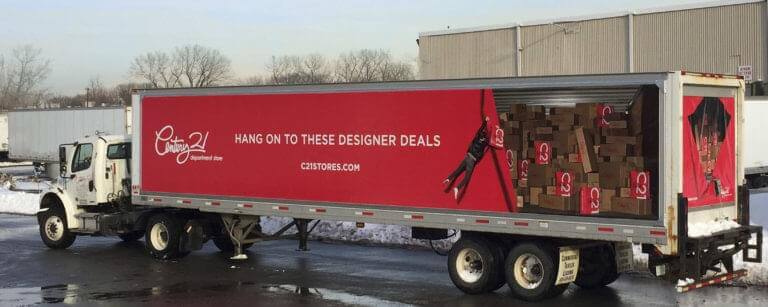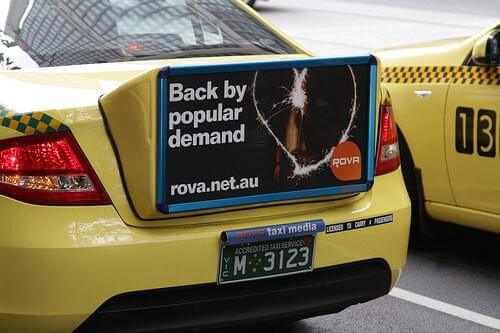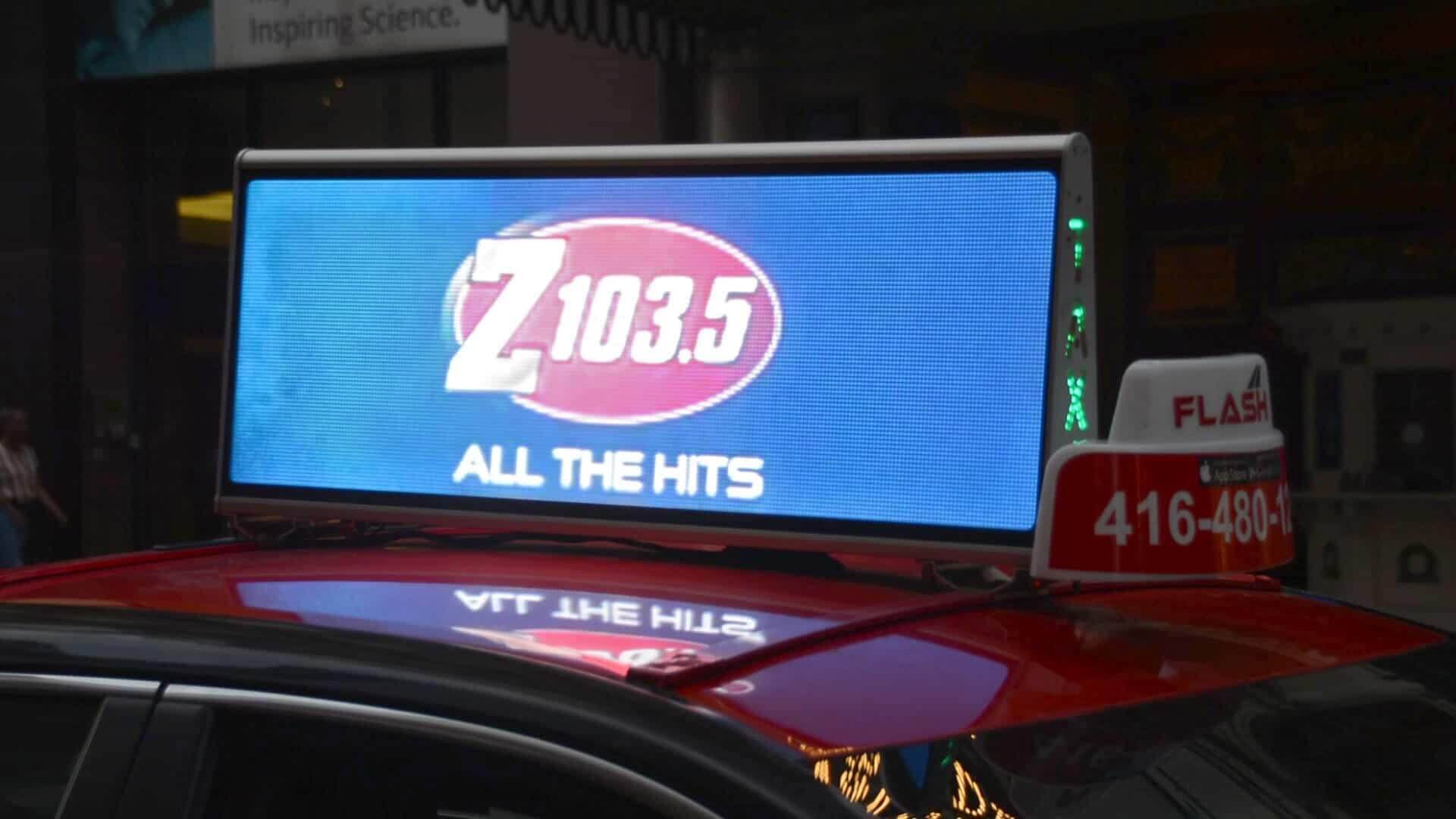
Vehicle advertising is a marketing tactic that’s useful in helping to create a generous number of impressions, and help to boost the sales of a business. Mobile billboards and taxi advertising are two out-of-home advertising ways that businesses can display their messages in a rapid and constant way. Both mobile billboards and taxi advertising rely on the motion of vehicles to spread the advertising around evenly. With internal knowledge about geographic and demographic statistics, both advertising channels have the potential to deliver well dispersed ads in a given region. Effective car advertising is concerned with placement, area, and clear display of the messages and visuals working together to influence a viewer. Let’s look at the advantages and disadvantages for both mobile billboards and taxi advertising, and why both channels are used to generate a positive advertising outcome.

Mobile Billboards
Mobile Billboards get the job done because they are able to drive around to different target markets. Usually on the sides of large trucks, mobile billboards work to inform drivers and onlookers about a business or product in a large and in charge type of way. Their upstaging presence on the road makes for an interesting view and, with geo-targeting technologies, their appearance lasts longer than only a quick glance. They’re able to transmit their messaging onto the mobile phones of the viewer impacted by the sight of one. With this at play, the advertising lives on and creates a continuous impression that will lead a potential consumer to the buying stage.
Advantages
– compared to static billboards, mobile billboards are twice as effective with companies seeing sales rise by 107 percent after displaying their ad in this format
– the recall rate is excellent; the Transportation Advertising Council found that mobile billboard messages have a 97 percent recall rate with consumers
– it’s cost effective; compared to radio or TV commercials, advertising on a mobile billboard will save you money
– the reach is HUGE; in-car and out of car audiences alike are targets to the messaging mobile billboards display; drivers and passengers are primary targets to these advertisements, making up a big portion of the mobile population
– you’re in control; compared to other advertising channels that are stop and start, mobile billboards allow the advertiser in charge to steer the vehicle to advertise in places they want and, if something isn’t working, they’re given the freedom to redirect the routes; the ability to choose is a huge benefit
Disadvantages
– limited information; due to the tight amount of space that a billboard allows for, the messaging needs to be concise which can lead to condensed advertising; a call-to-action is important to add to a billboard, as the consumer can learn more by being redirected someplace else
– targeting could be broad; because of the mobility, this form of advertising doesn’t necessarily focus on one group of people; generalized advertising could take place
– not great for an entire campaign or marketing strategy; consider this as a part of a marketing mix, doesn’t stand on enough ground to be a whole

Taxi Advertising
The ads you see on the tops of taxis, just luring on the ceiling of the vehicles, make up the vision of taxi advertising. The movement of taxi ad panels increase eye contact by 37%, according to a study done by JCDecaux WorldLink Sutton. Small and large businesses take advantage of this medium because it brings messages to prospective consumers. Some taxi companies will allow illuminated ads on the tops of their cabs, so messages can be seen at night as well as day. Some taxi companies will even allow for ads on the sides of their vehicles. Wild On Media is a prominent digital taxi top service in Toronto that partners with cab companies to provide distinguishable advertising.
Advantages
– lower costs compared to other media such as radio and TV advertising
– daily reach to millions of people
– the longevity of the messages reach between 18-24 hours a day
– illuminated taxi rooftop ads create a firefly effect at night; they are advertising lights that bring people in on the streets
– ads aren’t limited to just passengers; all pedestrians and people in cars can see the messaging
Disadvantages
– compared to mobile billboards, taxi top advertisements are a lot smaller; people find it harder to read what’s on it
– some taxi companies don’t allow advertising, which restricts where your ad can go
– taxi advertising can often blend in with the cab colours, leaving people unaware that there’s an ad displayed on it in the first place

Whether you choose to advertise using mobile billboards, or allocate the advertising money towards taxi displays, the reach and impression gathering is unmatched. However, taxi advertising doesn’t perform as well due to its compacted size and traditional designs. It’s true that both can be digital, but mobile billboards can be experiential and digital. People can interact with a mobile billboard in a more impactful way than a taxi top could.
However, both channels work to influence consumers to take action and appear to be interested in making the purchase step. Road traffic is up by 53% compared to what it was 30 years ago, so mobile billboard reach should be considered as an impressionable way to make differences in people’s buying habits. In conclusion, mobile billboards and taxi advertising are two strong channels that make up booming outdoor advertising.
For more information about advertising using mobile billboards, check out Movia Media. We specialize in high quality truckside advertising and retargeting strategies that help build businesses both big and small.


